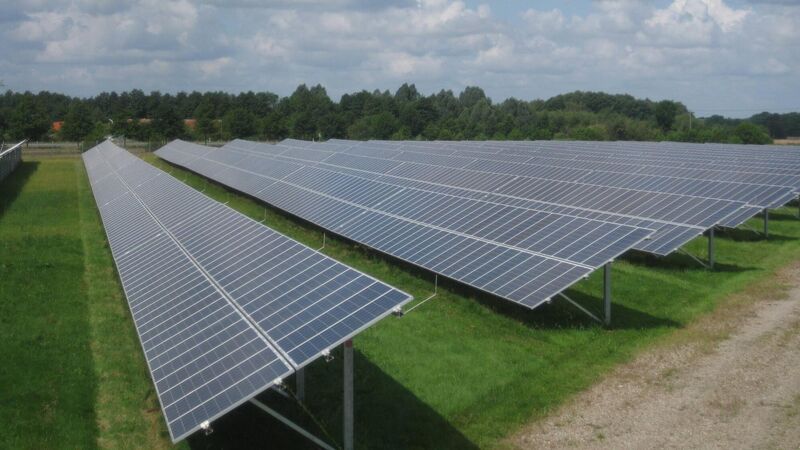Karen Walsh: I've been approached by a solar company - but don't know where to start

When you sign the Option Agreement, you have effectively agreed the terms of the lease, warns rural solicitor Karen Walsh.
Try from €1.50 / week
SUBSCRIBEDear Karen,
I have been approached by a developer, and they are interested in placing a solar farm on my land, along with some neighbouring landowners.
Newsletter
Keep up-to-date with all the latest developments in Farming with our weekly newsletter.
Newsletter
Keep up-to-date with all the latest developments in Farming with our weekly newsletter.
Newsletter
Sign up to the best reads of the week from irishexaminer.com selected just for you.
Newsletter
Keep up with stories of the day with our lunchtime news wrap and important breaking news alerts.
Tuesday, November 18, 2025 - 8:00 PM
Tuesday, November 18, 2025 - 8:00 PM
Tuesday, November 18, 2025 - 8:00 PM
© Examiner Echo Group Limited